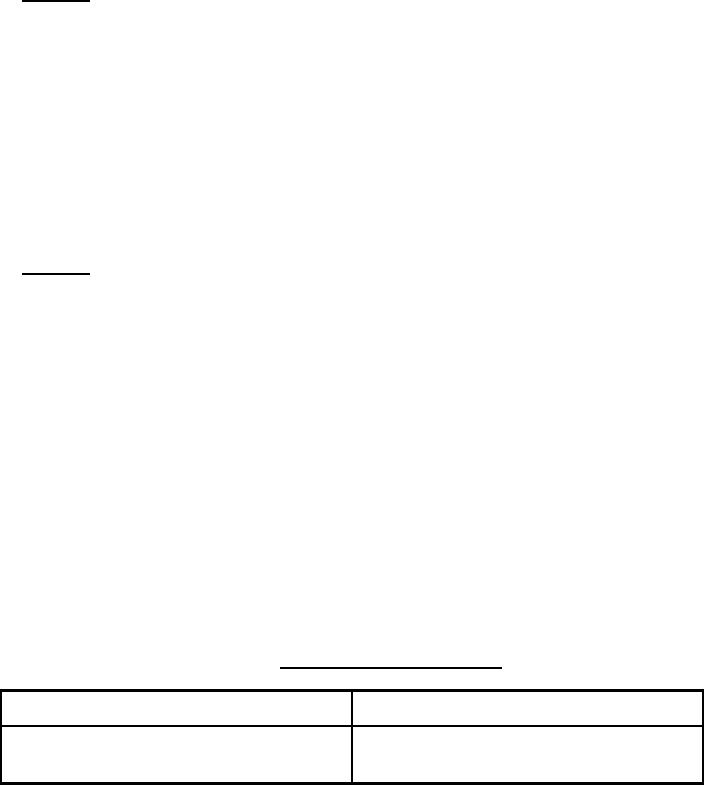
FED-STD-791D
gently for a minute or two, and return the cell to the water bath. Continue this heating and
shaking sequence for at least 4 cycles or until there is no longer evidence of foaming.
NOTE 1:
Ester base as well as certain other type synthetic lubricants are hydrolytically
unstable at 260░C (500░F). Therefore, it is necessary that dissolved as well as
occluded water be removed before sealing the cell. Each 0.01% by weight
moisture consumed by hydrolysis produces sufficient acid to raise the
neutralization number by 0.31.
6.8 Seal off the constricted area of the test cell while the cell is under vacuum. Weigh
the test cell to the nearest mg.
6.9 Insert the test cell in the heater (preheated to 260░ 1░C [500░ 2░F]) for a period
of 24 h. If a heating bath is used insert the test cell in the steel holder and place the assembly in
the bath.
NOTE 2:
A safety shield should be used as a safety precaution when placing the test cells in
the heater, removing the cells from the heater, and opening the cells.
6.10 At the conclusion of the heating period, remove the test cell from the heater and
permit it to cool to room temperature. Visually observe the sample for evidence of insolubles,
phase separation, or other change. A difference in color between the duplicate tests will
necessitate retesting since color differences indicate improper preparation of one or both
combustion tubes.
6.11 Reweigh the test cell and calculate the percent evaporation loss (see 7.1). If the
evaporation loss is more than 0.05% by weight, repeat the test since a weight loss in excess of
this amount indicates leakage of the test cell.
6.12 Remove the sample from the test cell. This may be accomplished by file scratching
the cell near the top and applying a hot glass rod to the scratch mark.
6.13 Determine the following characteristics on a portion of both the original untreated
sample and the heated sample in accordance with the test methods listed in Table I:
TABLE I. Characteristics of test methods.
Characteristic
ASTM Method
Viscosity (Kinematic) at 37.8░C (100░F)
D 445
D 664
Acid and base numbers
7. CALCULATIONS
7.1 To calculate evaporation loss, use the following formula:
74
For Parts Inquires call Parts Hangar, Inc (727) 493-0744
© Copyright 2015 Integrated Publishing, Inc.
A Service Disabled Veteran Owned Small Business